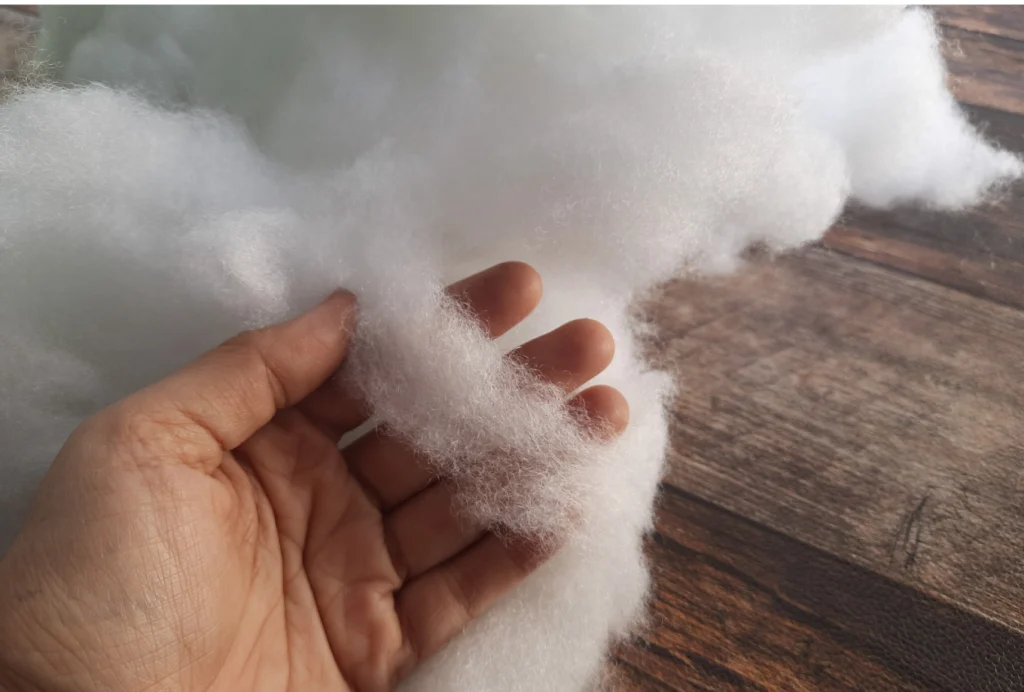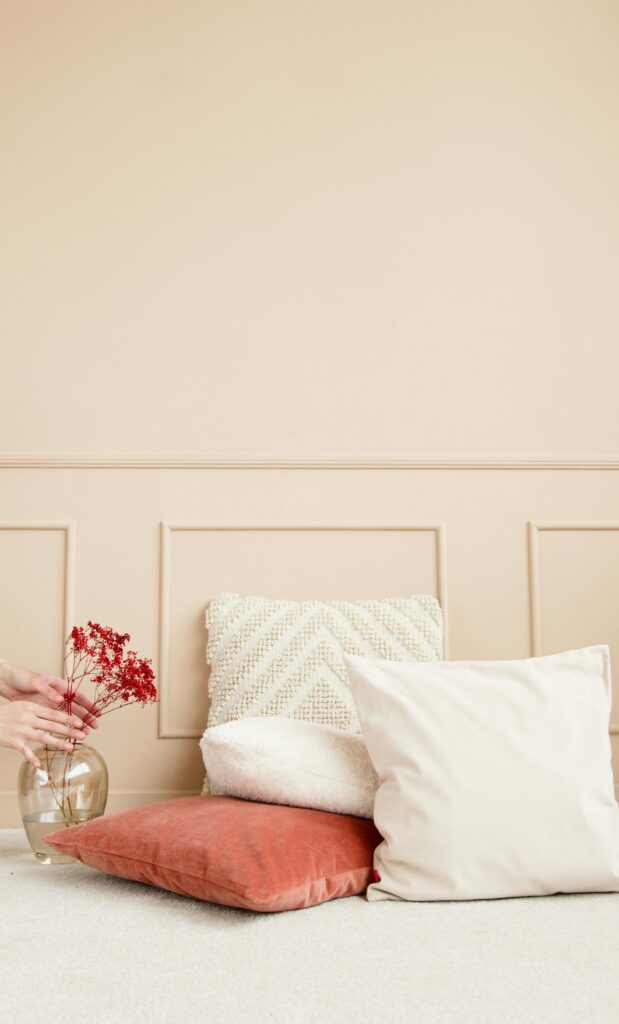
Finding the perfect pillow depends largely on the type of filling you choose, and with so many options available, it can feel overwhelming. The type and amount of filling not only dictate how firm or soft your pillow will be, but also its breathability,
durability, and how well it supports your head and neck.
Here’s a quick guide to some of the most popular types of pillow fillings and their pros and cons, so you can make an informed choice.
1. Down Filling
- Pros: Moldable, durable, lightweight, and soft. Down pillows, especially those made with Hungarian goose down, are known for their longevity, lasting much longer than synthetic alternatives.
- Cons: They absorb body heat, can flatten over time, and are challenging to clean. Down is also expensive, and some people may have ethical concerns about its sourcing.
2. Feather Filling
- Pros: Affordable, light, and moldable.
- Cons: Feathers flatten quickly and quills can poke through the pillow. Like down, feather pillows absorb body heat and can be difficult to clean.
3. Polyester Fiberfill
- Pros: Affordable, lightweight, and easy to clean.
- Cons: It tends to clump, leading to a lumpy pillow. Polyester is not breathable, which can make the pillow warm, and the fibers can pose health risks.
4. Shredded Memory Foam
- Pros: Moldable and offers good support. Unlike block memory foam, shredded memory foam allows for adjustability.
- Cons: Can emit a strong chemical odor, and it can soften with heat, resulting in inconsistent support.
5. Buckwheat Hulls
- Pros: Excellent support, breathable, eco-friendly, and moldable. Buckwheat pillows are firm and conform well to your head and neck.
- Cons: Heavy, noisy, and too firm for some sleepers.
6. Microbeads
- Pros: Breathable, lightweight, and moldable.
- Cons: Microbeads lose volume quickly and can off-gas harmful chemicals. They’re also not environmentally friendly.
7. Shredded Latex
- Pros: Breathable, moldable, eco-friendly, and retains a soft feel.
- Cons: Expensive and may have a rubbery odor. It may be too soft for some sleepers.
8. Kapok
- Pros: Soft, eco-friendly, and free from synthetic materials.
- Cons: Highly flammable and prone to lumping. It is also not moldable like down or buckwheat.
9. Wool
- Pros: Breathable and free of harmful chemicals.
- Cons: Can become lumpy and develop unpleasant odors in humid environments. It also doesn’t hold its shape well.
10. Cotton
- Pros: Odorless, breathable, and natural.
- Cons: Tends to clump over time and is not very moldable or supportive.
11. Down Alternative
- Pros: Cheaper than real down and easy to clean.
- Cons: Prone to lumping and not as moldable as genuine down. It also retains more heat.
Adjustability Tips
To make sure your pillow fits your specific needs, consider a filling that allows you to adjust the loft (height). Adding a zipper to the pillow casing allows you to add or remove filling, letting you customize the firmness or softness.
Each type of pillow filling has its unique qualities, so it’s worth experimenting to find what suits your sleep style best.


